As a new construction mode, 3D printing is widely used in various fields. As 3D printing becomes more and more popular in the architecture field, 3D printing architecture becomes a new direction of architecture development. At the same time, under the influence of complexity science and philosophy, architectural form becomes more and more complex.
In this era of political, cultural, economic and technological diversity, architecture has undergone its most fundamental changes, guided by the philosophy of complexity and diversity, architectural design is no longer a unified and rigorous design criteria, in the original form of the formulation, the formation of a complex type of architecture. Subsequently, the aesthetic value orientation of complexity also presents.
After the appearance of these complex and dynamic architectural forms under the aesthetic influence, it is the traditional architectural construction pattern that is seriously impacted, when facing the complex and diverse architectural space, entity and skin, it Can’t be built in the traditional way.
In this case, the birth of 3D printing technology, no doubt become a solution to the complexity of the savior of architectural form. 3D printing is a new way of building things that depend on drawings. So with the development of complex form generation and 3D printing technology, it has become a new opportunity and development direction
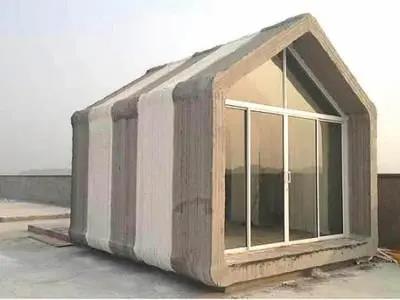
In the new paradigm of Architecture: the language of post modern architecture by Charles Jencks, architects are developing their own design thinking in the context of the increasing complexity of architectural forms:
“Thinking about the new form of science and architecture, and putting forward the architectural form with the same concept of the universe — complex architecture. Complex architectural forms are visual codes with diverse cultures and architectural styles based on pluralism, and are close to natural and irregular forms, taking on forms of shapeless, discrete, curvilinear and folding in the application of the theory that breaks the Euclidean geometry.”
The appearance of this form makes the field of modernism architecture more complex and interesting, and it also moves towards a brand-new world from the angle of architecture construction. However, there are some limitations in the construction mode of today’s architecture, such as non-linear, non-totality, and non-rational thinking of the design of the complex architectural form, to some extent, through the current construction model may not be completed.
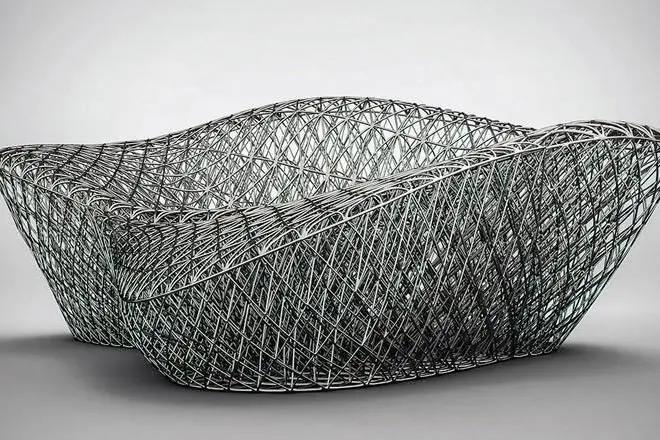
Therefore, the introduction of 3D printing technology can effectively solve the construction of the impossible, the complexity of the construction into reality. Therefore, the use of 3D printing technology for the construction of complex architectural forms is also a relatively interesting and feasible proposal.
From the perspective of timeliness and long-term, unconventional complex architecture is not only a practical expression of the nature of complexity but also a design concept towards nature and humanity. However, 3D printing has the advantage of infinite design space, zero skill manufacturing, no need to assemble, and fewer waste by-products, which is also a kind of energy conservation and environmental protection.
If we look at the organic combination of the two in the view of sustainable development, it is also a new trend and direction of ecological and environmental protection. “3D printing has effectively bridged the gap between the virtual world and the physical world, expanding artificial intelligence from computers to the real world and successfully breaking the era of economies of scale.
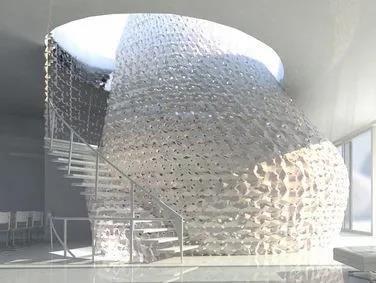
From the point of view of manufacturing technology, 3D printing technology is an important product of modern information society, is a popular technology vocabulary of manufacturing, and also indicates the trend of manufacturing development in recent years. Some even argue that the age of 3D printing is on a par with the age of steam and electricity, with the impact of 3D printing on manufacturing, large scale assembly line production of traditional manufacturing will be phased out and gone, and 3D printing technology will lead to a new chapter in the manufacturing industry, which is revolutionizing the pattern of manufacturing development.
In the construction industry, taking 3D printed buildings as an example, under the influence of the scientific concept of complexity, with the continuous integration of Internet technology, along with the development of digital and intelligent technology, architectural form gradually from the simple and rule of empirical mode to the complex and diversified field of science and technology. In the development of human society, as a subject with a long history, the manufacturing industry has been playing an important role, but also an important source and factor of social and economic development.
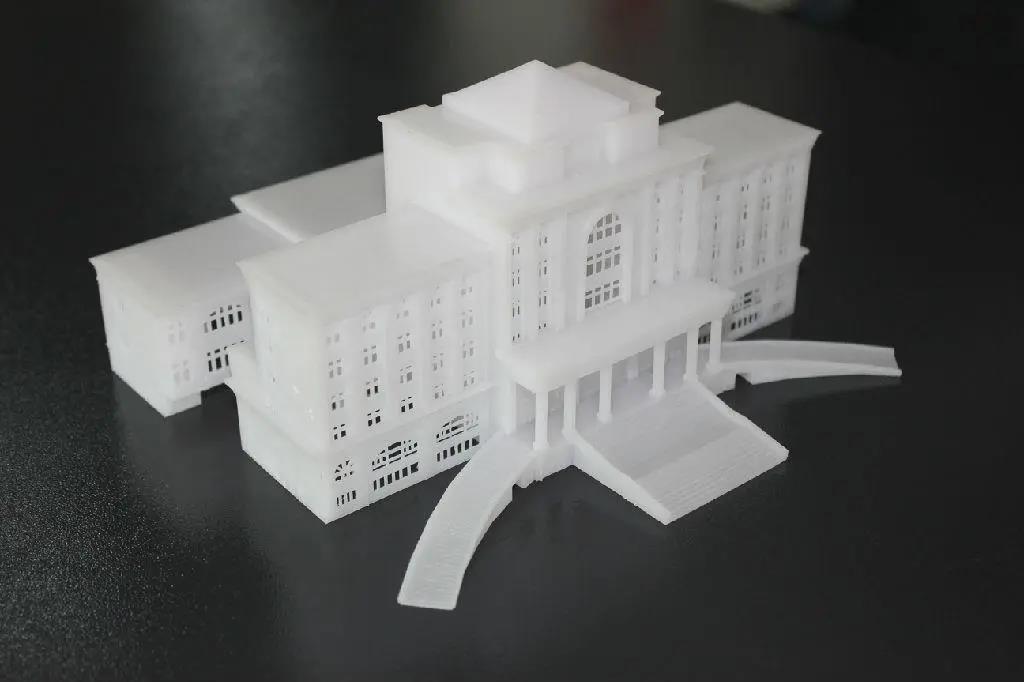
When People’s demand for architectural substance, architectural space, and architectural skin is not limited to meeting the needs of daily life but focuses more on the practicality, aesthetics, intelligence, and complexity of architecture, the traditional form of mechanical manufacturing can not keep up with the needs of social development.
However, as the representative of intelligence, 3D printing technology is a multi-functional technology which integrates customization, intelligence, ecology and complexity. 3D printing architectural complexity form is the architectural form based on complexity theory. This form is not only the realization of man’s mind liberation in the field of manufacturing and production construction, but also the evolution and continuation of machine replacing manual labor.
In the whole process of design and construction of 3D printed building, the autonomy of building manufacture and the freedom of whole system manufacture produced by 3D printing system not only liberate the artificial freedom compared with the traditional construction technology, it also makes labor costs virtually zero.
Whether it is to print the individual building or to build the group, it is to rely on the will of the architect and design innovation, through the self-help model of personalized intelligent digital manufacturing. A new type of architecture that is different from traditional architecture, 3D printing architecture is a kind of development and operation mode, such as personalized design, social printing, and experience generation, to promote the transformation of the manufacturing industry from large-scale construction supported by BASIC technology to intelligent manufacturing supported by high-end digital technology.

In addition, the disruptive theory of innovation put forward by Harvard Business School professor Leiden Christensen shows that new technology, once it enters the field of application, can be very effective if it meets the specific needs of the market, then this technology will continue to improve until it is accepted into the mainstream, and will replace the traditional technology trajectory to rise to the mainstream technology force.
As a new force in the field of architecture, 3D printing architecture is changing the whole process of manufacturing industry. The design, construction and use of complex architecture will be changed under the influence of 3D printing technology in the future.
This is a new trend to meet the needs of diversified design and the development of complex architectural forms, which is based on the philosophical theory of complexity and the trend of architectural aesthetics. 3D printed architecture has supported the development of the manufacturing industry from a technical perspective, it not only commands the development direction of the building manufacturing industry but also shows the value and significance of the possibility of the existence of 3D printed buildings.
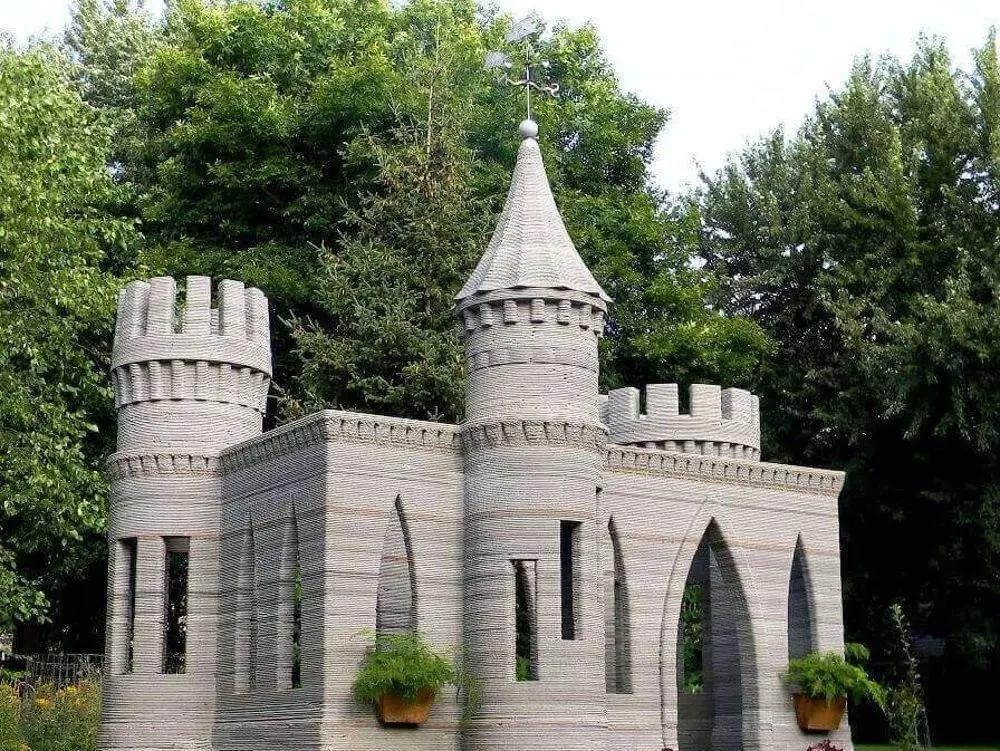
As a new type of architecture, 3D printing architecture has been recognized and developed at home and abroad. 3D printing can build complex and diverse shapes, and when complexity arises in architectural form, 3D printing is the tool to realize these complex shapes.
Similarly, when the architect’s thinking to complex science, the design of complex architectural form and structure is those traditional construction patterns can not be completed. At this time, as long as the drawings can be drawn, using 3D printing technology can be a design into a shape and into reality, which is 3D printing buildings relative to the competitive advantages of traditional buildings, it is also an expression of the possibilities and value points of 3D printed architecture.
3D printed building models reduce the need for labor, and at such a high-cost today, 3D printing makes it possible to drastically reduce labor costs so that no labor is needed during the construction process.
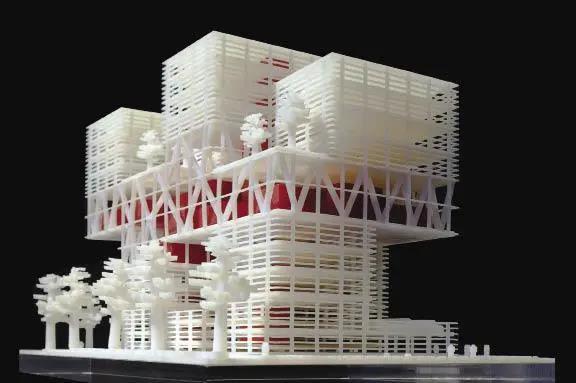
At the same time, in today’s digital, intelligent software, the spread of data, 3D printing technology not only keep up with the pace of the times, but also shorten the preparation phase of printing and data conversion time. During the construction of large-scale 3D printed buildings, not a part of the building components are printed and assembled separately to complete the building entity, and the printing work is carried out separately at the same time, which not only reduces the construction quantity on the construction site, it also reduces the period of production and construction.
3D printed building is the product of 3D printing, it is a seamless entity, its structure has a certain stability, the strength of connection between components, materials is much higher than the traditional building construction. Traditional building models are constructed by hand, and their structural strength is typically 3,000 psi, while the maximum strength of a 3D printed building structure can be up to 1,000 psi.
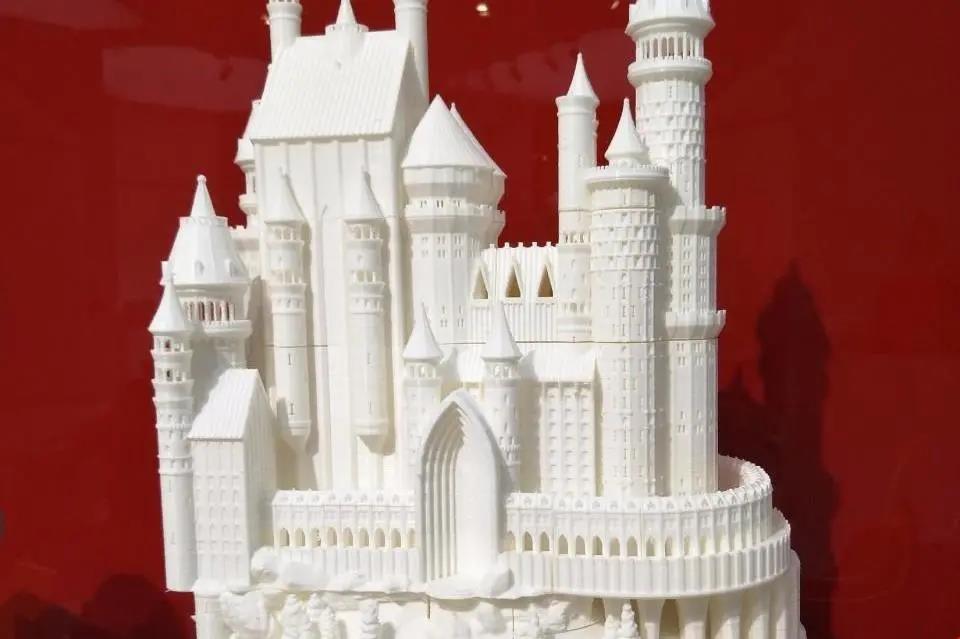
The 3D printer, controlled by computer software, prints layer by layer from the ground up, producing a machine that is far more accurate than the labor union, and from this point of view, also guarantees structural stability, based on the accurate calculation and solid material accumulation, the building quality has been further guaranteed and improved.
At the same time, the construction of traditional buildings on the atmosphere, soil and water, the environment is a certain degree of pollution, compared to 3D printing buildings will be more environmentally clean. When building buildings or clusters of buildings, 3D printed buildings no longer need to transport contaminated materials such as cement and wood.
Every design of a 3D printed building is missing one material, and the materials used in 3D printed buildings are basically recyclable materials that can be melted down and recycled. As a result, the reduction in the use of raw materials has led to a reduction in material waste and an increase in environmental protection, all of which can be seen as a reflection of the possibility of 3D printed buildings.

As a new type of architecture, 3D printed architecture has always been concerned and expected by people. Because of the wide range of applications of 3D printing architecture, from a long-term perspective, is a simple to complex, from the main business to the side of the development process.
The development and application of 3D printing technology and 3D printing buildings have also driven the development of the economy, and created new bases for economic growth through the new branches and business models derived from 3D printing buildings. The development of 3D printing technology has brought advanced capability to meet the market demand for building construction technology and management operation mode.
In view of 3D printing architecture, its application is focused on the design stage. While the 3D printing architecture and equipment are constantly produced, there are still some problems to be solved in the construction stage. In view of the 3D printing building so far has the question, may carry on the corresponding revision and the adjustment.
For example, how to develop building materials suitable for 3D printing, which can develop plastic composites with high tensile strength and crack resistance, fiber and fine aggregate can be added into concrete to improve the tensile strength of new composite materials and other indicators.
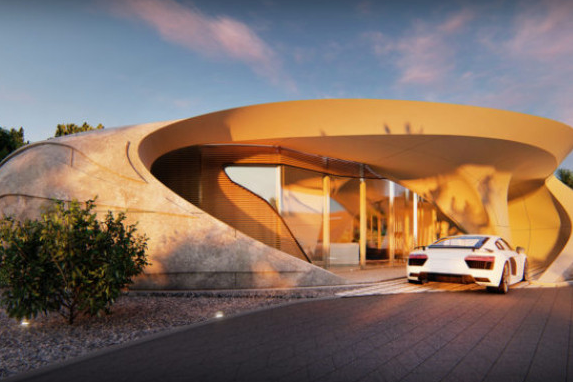
If two materials are used for printing, there will be some problems. On the premise of ensuring that the two materials are compression materials and tensile materials, the two materials are placed in the tension and compression parts of the components, and to maintain a good adhesion between the two materials, through the printing when the double print head, so as to form an effective and stable overall printing work.
Can increase the printing template placed compression material, this template need to have good tensile performance, can use steel plate or have a certain stiffness of fiber materials, one can play a certain role in support; The second is to take the tensile material performance to play the role of reinforcement; the third is to solve the printing material surface roughness possibility.
In view of the support function, the equipment which can develop the mechanical support template provides the support when printing, after the material achieves the certain strength and the toughness, may disassemble quickly, but also may carry on the reuse. The development of more functional 3D printers is an important tool for 3D printing building construction, and the range of printer nozzles is a source of influence on the dimensions of printed buildings, the performance of the printhead is the source that directly affects the precision and effect of the building, so the reasonable and accurate 3D printer is the precondition of 3D printing building.
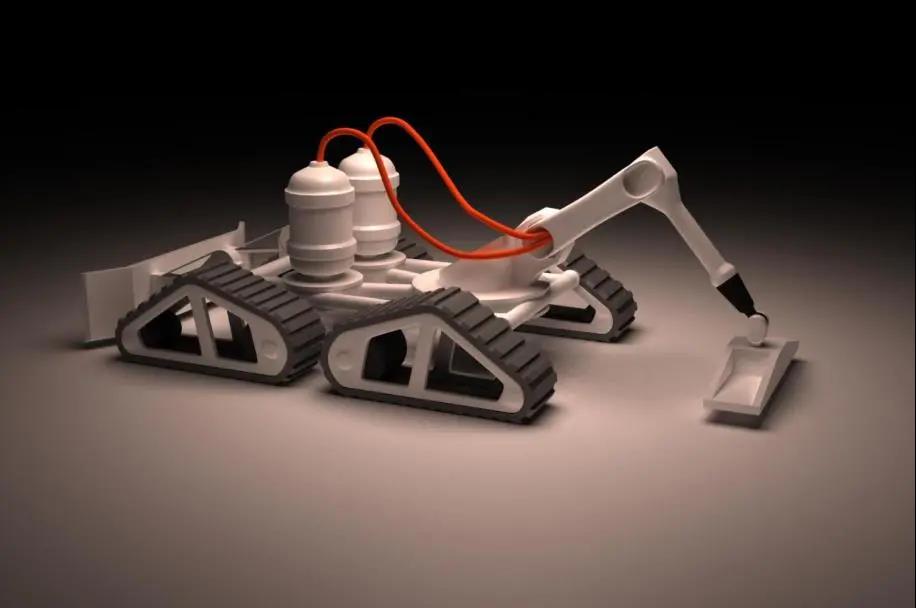
Based on the analysis of the existing problems and limitations, the development of 3D printing architecture is based on the adoption of corresponding measures.
From the point of view of its advantages, the construction of 3D printed buildings can reduce labor intensity and cost to zero on the basis of saving raw materials. Compared with other construction modes, it has a good market prospect and development space, this is in line with the national sustainable development of the major performance.
There is no doubt that 3D printed buildings will become the future of society’s new benchmark, all these prospects confirm the existence of 3D printed buildings is possible. In today’s high-speed technology into the era, 3D printing technology as a product of society has become an engineer and architect of architectural experiments or construction of technical support.
In the field of architecture, 3D printing technology has achieved a more functional and aesthetic design style, which is significant for the field of architectural design. And 3D printing is easier to use, so even students can design buildings they like. The use of 3D printing in architecture challenges real estate as well as furniture, art and design, and cultural creativity







